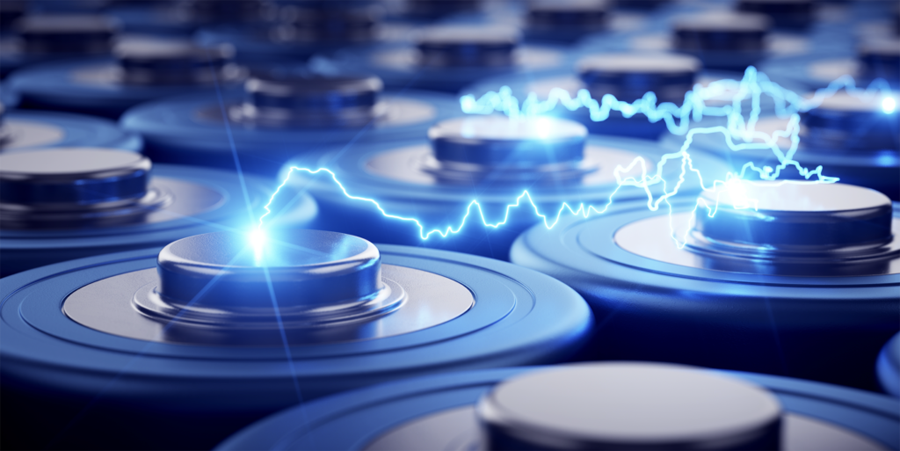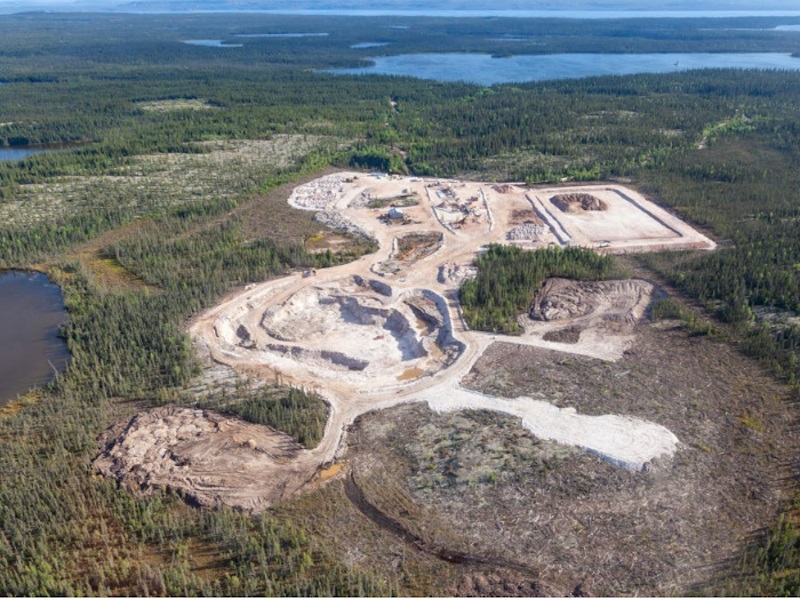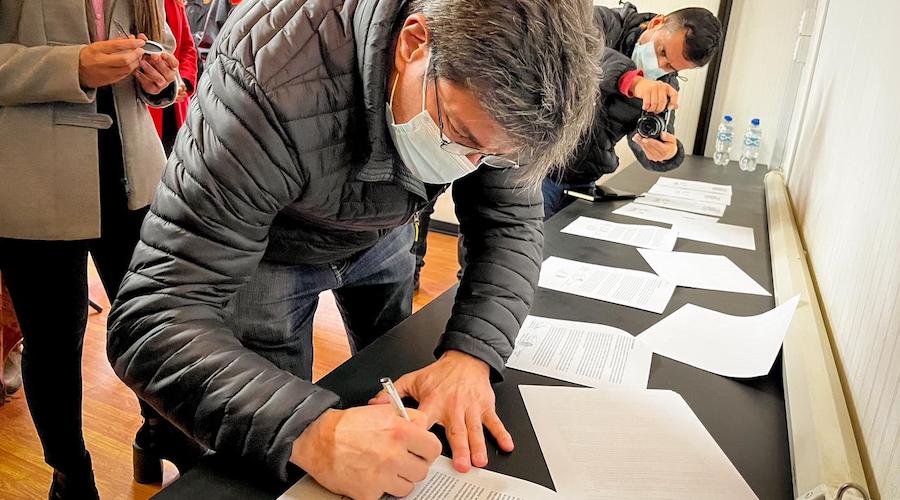Energy
Friday, September 16th, 2022 11:03 am EDT

Now Cirba Solutions has formed a joint venture with 6K Inc., a global producer of sustainable materials for additive manufacturing and energy storage, to produce recycled battery cathodes.
6K harnesses a Massachusetts Institute of Technology-derived microwave plasma process that can produce a virtually infinite number of battery materials, faster, cleaner and at a lower cost than any other process, it says.
“6K’s UniMelt system replaces a less efficient chemical co-precipitation process with one that takes seconds and is powered by 6,000 degrees Kelvin microwave plasma,” 6K’s CEO Aaron Bent said in a release.
“Our partnership with Cirba Solutions allows us to leverage both companies’ capabilities to create a domestic supply chain that operates to insulate the United States from foreign shocks and supply chain disruptions while supplying next-generation battery materials,” Bent said.
The companies say the merger and the JV closes the sustainability loop in lithium-ion battery management and provides the battery manufacturing sector with a secure and steady source of recycled cathode material.
“What this does is it makes us the largest collector, packager and processor of both end of life batteries and battery manufacturing scrap in North America,” Cirba CEO David Klanecky, told MINING.com.
“We’re bringing this whole circularity of the supply chain and batteries together – it’s great to have all these companies together to create that capability,” said Klanecky, who, during his 20 year tenure as an engineer at Dow Chemical started the Dow Energy Materials business division.
Klanecky said as some of the original EVs, launched in the late 2000s, are coming off the road, OEMs are launching new vehicles and the batteries being tested at the plants need to be recycled as technologies evolve.
“If you step back and look at the amount of lithium-ion batteries that are going to be needed over the next seven to eight years, it’s going to increase by ten-fold,” Klanecky said. “The United States has already announced almost 800 Gigawatts of capacity that needs to be installed over the next ten years – and that demand is just going to continue to grow.”
“I think mining and recycling can really work together – the mining companies have a real critical need to focus on doing sustainable mining, both domestically and abroad and I’m sure they can provide enough raw materials just from existing operations.”
Klanecky added that recycling can come in and focus on how to close the supply-demand gap and make sure critical materials that are already being aren’t being sent to a landfill and put back in the ground.
“We can make sure that they end up back in the domestic supply chain – our goal is to make sure that happens in the most efficient, sustainable way,” Klanecky said.
Biden’s Inflation Reduction Act
US president Joe Biden’s Inflation Reduction Act includes tax breaks for mining companies that can produce critical minerals domestically to fuel the shift to electrification.
“It has a lot of money for building up the domestic supply chain for electric vehicles and EV batteries, and the Act really touched on the recycled content a bit – it touched on capabilities to make sure we understand how to recycle materials. It’s about really creating this circular supply chain for batteries – it’s needed,” Klanecky said.
Boom and bust
While recycling can ease raw materials supply pressure it is not going to be able to meet the looming demand in itself.
Cirba currently has processing plants in Ohio (2), Arizona, Michigan, California and British Columbia, and plans are in the works to build more.
“If you look at the battery scrap space – its really going to start to accelerate because battery plants are going to be coming online and if you fast forward, by 2030 – these are massive incremental battery plants coming online, and you’re talking millions of pounds of material that needs to be processed as battery scrap,” Klanecky said.
He points out that in the manufacturing assembly line, every battery needs to be perfect when it comes to producing cells, because if there is a battery chemical formula problem in one it will affect all the batteries surrounding it, creating fire hazard.
“If they’re not perfect they discard them, because if there is one OEM out there that has a fairly large recall rate, like 65,000 – that’s a $3.5 billion dollar problem.”
Out of 800 gigawatts of capacity, Klanecky said the industry is predicting a 10% scrap rate as a reasonable expectation.
“If that’s 80 gigawatts – that’s a lot of material that has to be processed – close to 5 million vehicles, and every vehicle has about 1,000 pounds of batteries. We’ve estimated that by 2030 there is about a billion pounds of scrap that will be available.”
A lithium ion battery is hazardous material to handle and transport, and while there are currently Department of Transportation regulations to handle transportation on the road – such as mandatory driver certification to handle hazardous waste and state and federal laws and best practices – there is no overarching Act governing the industry.
This post has been syndicated from a third-party source. View the original article here.




